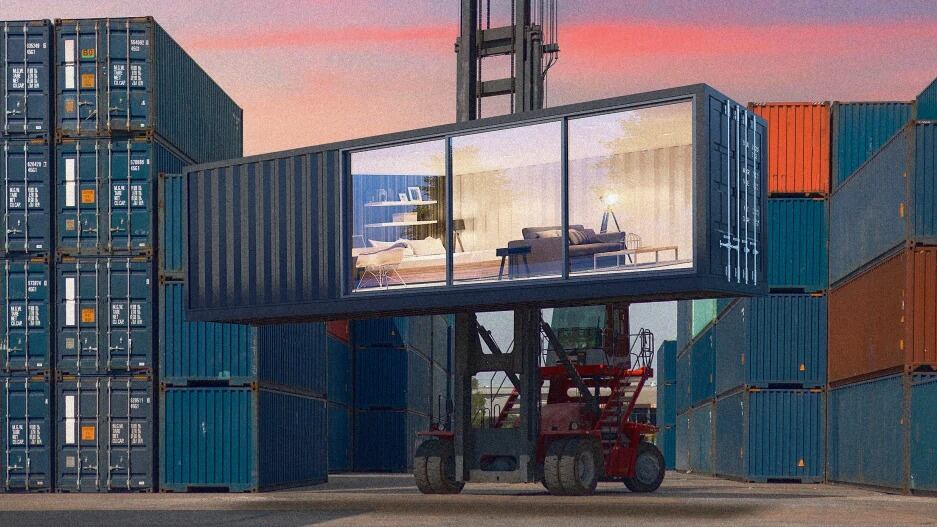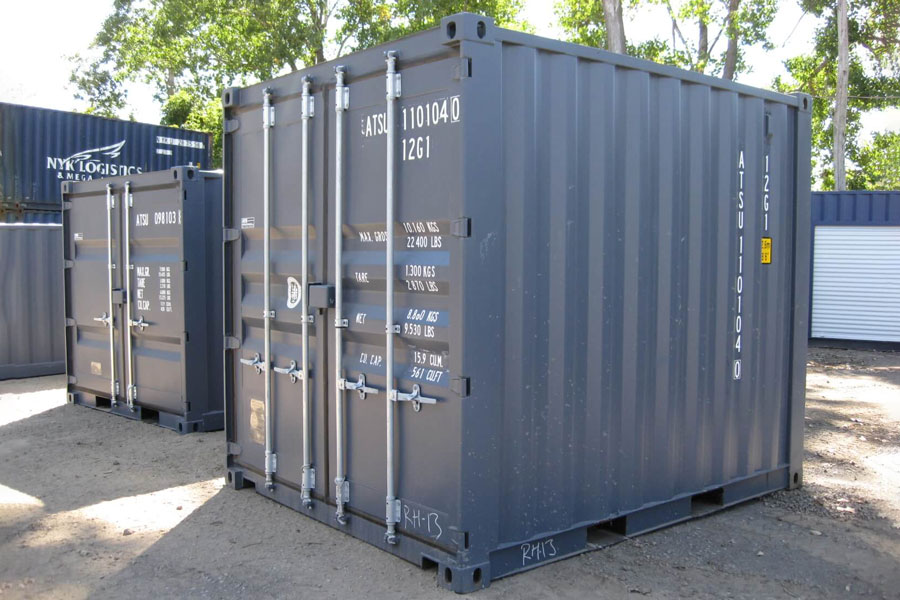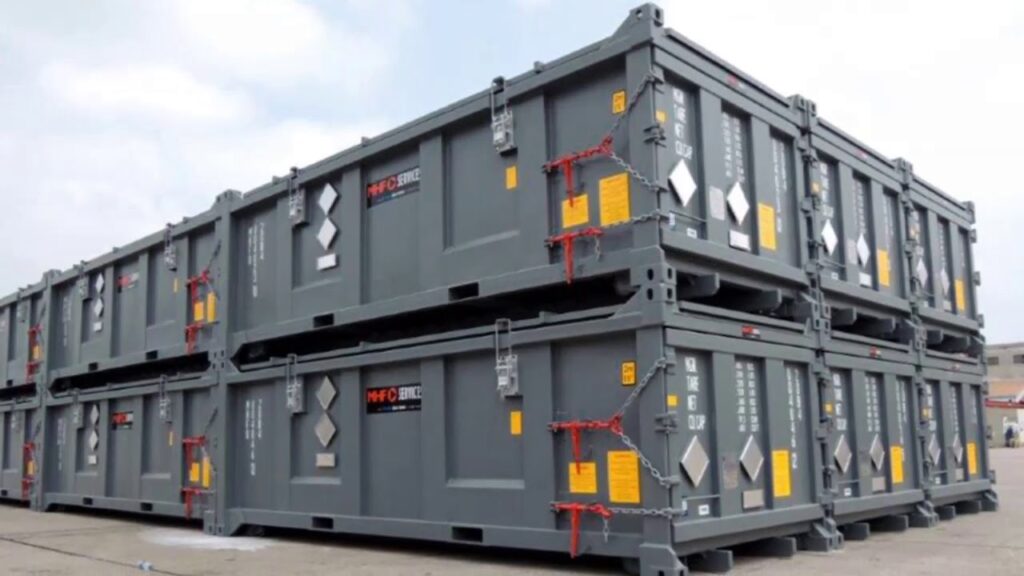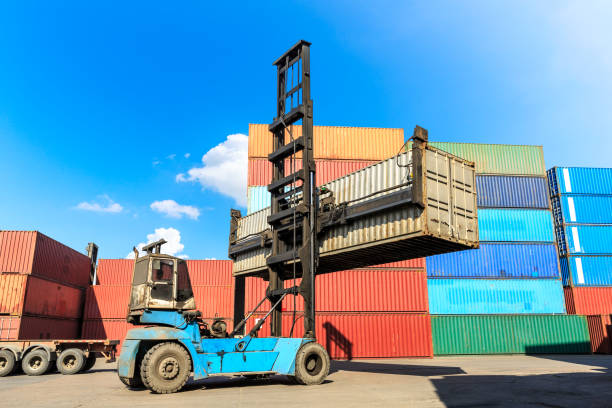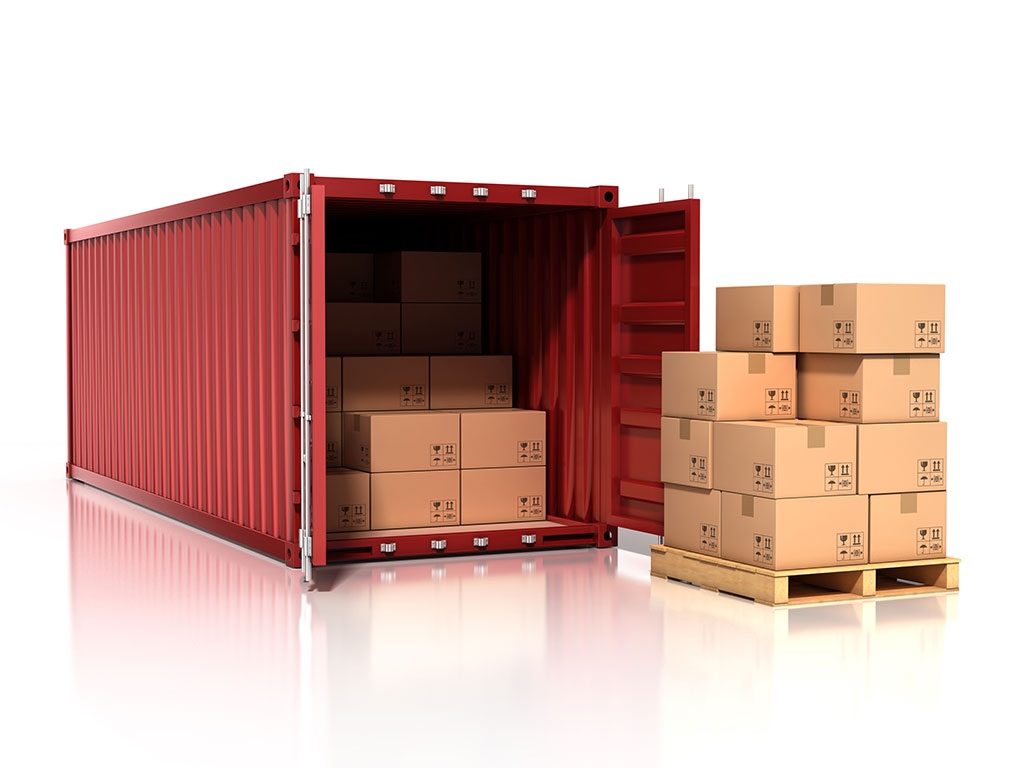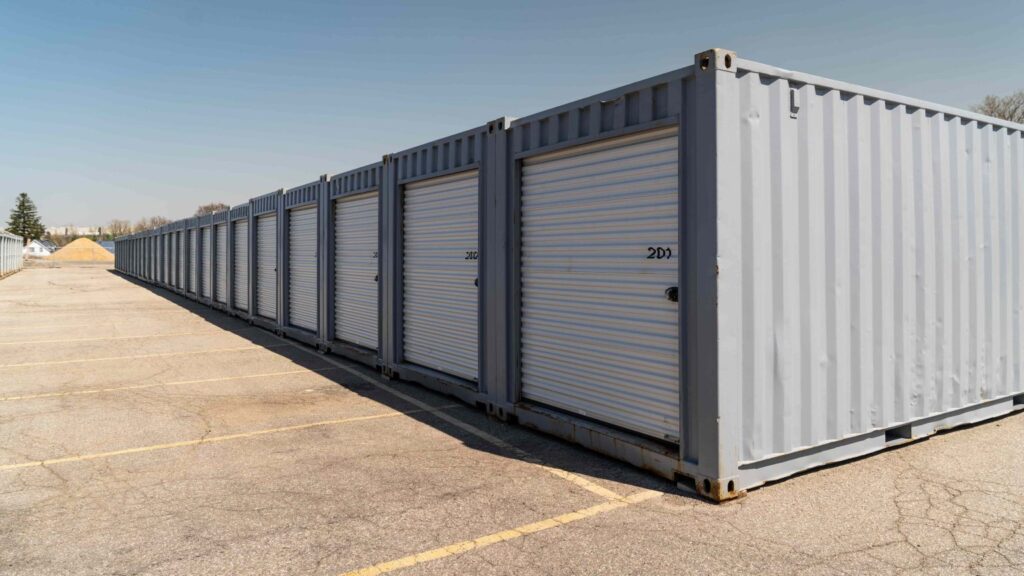The Future of Intermodal Containers transforming global trade and logistics in an age where globalization continues to drive economic growth, the logistics and transportation industry plays a vital role in connecting markets and facilitating trade. Central to this system is the intermodal container—a versatile and efficient tool that has revolutionized the way goods are transported across the globe. In this extensive blog post, we will explore the future of intermodal containers, analyzing the technological advancements, sustainability efforts, and market trends that are reshaping the landscape of global logistics.
1. Introduction
Intermodal containers—large standardized steel boxes used to transport goods by multiple modes of transport without unloading the contents—have become the backbone of modern logistics. Their design allows for seamless transitions between ships, trains, and trucks, thereby optimizing efficiency in the supply chain. As we look to the future, the intermodal container industry is at a pivotal juncture, influenced by technological advancements, environmental concerns, and evolving consumer demands.
This blog post will delve into the future of intermodal containers, providing insights into innovative technologies, sustainability initiatives, economic factors, and potential challenges within the industry.
2. History of Intermodal Containers
To fully appreciate the future of intermodal containers, it’s essential to understand their past. The concept of standardizing shipping containers can be traced back to the 1950s, when Malcolm McLean introduced the intermodal container system to reduce shipping costs and transit time. His innovative approach transformed international trade, leading to the widespread adoption of containers across the globe.
Initially made from wood and steel, modern intermodal containers are manufactured from weather-resistant materials for durability. The standardization of container sizes (most commonly 20 and 40 feet) has become crucial for facilitating consistent loading and unloading processes across various transport modes.
3. Current State of Intermodal Logistics
Today, intermodal transportation accounts for a significant portion of global trade. According to industry reports, intermodal freight transportation has been growing steadily, with increasing volumes being shipped via this method due to its cost-effectiveness, speed, and environmental benefits. Major players in the logistics sector like Maersk, DHL, and FedEx heavily invest in intermodal transportation solutions to meet the increasing demand for efficient freight services.
However, the recent global disruptions, such as the COVID-19 pandemic and shifting geopolitical dynamics, have tested the resilience of intermodal logistics. Issues related to port congestion, labor shortages, and supply chain delays have emerged, prompting the industry to adopt innovative solutions to enhance efficiency and reliability.
4. Technological Innovations in Intermodal Containers
As we look toward the future, several technological advancements are poised to change the intermodal container landscape dramatically. Here are some notable innovations:
4.1 Smart Containers
The Internet of Things (IoT) has introduced smart containers, equipped with sensors that monitor various parameters, such as temperature, humidity, and location. These containers provide real-time data, allowing shippers to track their cargo closely and respond swiftly to any disruptions. The adoption of smart containers is especially critical for industries dealing with perishable goods, pharmaceuticals, or high-value items.
4.2 Automation and Robotics
Automation is revolutionizing the logistics industry, streamlining processes and reducing labor costs. Automated guided vehicles (AGVs) and robotics are increasingly employed in ports and distribution centers for loading and unloading intermodal containers. Utilizing technologies like autonomous trucks for last-mile delivery is also gaining traction, which will significantly speed up freight transportation and reduce greenhouse gas emissions.
4.3 Blockchain Technology
Blockchain technology holds the potential to enhance transparency and security in intermodal transportation. By creating a decentralized ledger, stakeholders can track the movement of containers in real-time, ensuring that all parties have access to accurate information. This transparency can help mitigate disputes, counterfeiting, and fraud, ultimately enhancing trust among supply chain participants.
5. Sustainability and Environmental Impact
As the world grapples with climate change, the logistics sector faces increased pressure to adopt sustainable practices. According to the International Transport Forum, 7% of global CO2 emissions come from freight transport, highlighting the need for greener solutions. The future of intermodal containers will likely focus on:
- Eco-efficient design: Manufacturers are exploring the use of sustainable materials and energy-efficient manufacturing processes. Lightweight containers can reduce fuel consumption, leading to lower emissions during transport.
- Alternative fuels: There is a growing interest in using alternative fuels for trucks and vessels involved in intermodal transport. Electric and hydrogen-powered vehicles are being developed to reduce reliance on fossil fuels.
- Optimized routing: Advanced algorithms and machine learning are enabling logistics companies to optimize routes, thereby reducing travel distances and fuel consumption.
6. Economic Trends Influencing Intermodal Transportation
The future of intermodal containers will be shaped by various economic factors, including:
- E-commerce growth: The surge in e-commerce demand, accelerated by the pandemic, is transforming intermodal logistics. Expectations for faster deliveries are pushing companies to optimize their intermodal transportation systems to meet consumer demands efficiently.
- Global trade agreements: Changes in trade policies and agreements will directly impact intermodal shipping routes and volumes. Industry players must stay informed about geopolitical changes that may influence global supply chains.
- Investment in infrastructure: Public and private investments in transportation infrastructure can significantly impact intermodal logistics. Improvements in ports, railways, and highways will boost the efficiency of intermodal transport and support future growth. 10ft shipping containers
7. Challenges in the Intermodal Container Market
While the future of intermodal containers looks promising, several challenges must be addressed:
- Supply chain disruptions: Events such as natural disasters, pandemics, and geopolitical tensions can cause significant disruptions in supply chains. Companies must develop contingency plans to mitigate the impact of these disruptions.
- Regulatory compliance: As environmental regulations become stricter, logistics companies must adapt their operations to remain compliant. Failure to do so can result in fines and damage to reputation.
- Cybersecurity threats: As intermodal operations become more technology-driven, the risk of cyberattacks increases. Ensuring the security of sensitive data and infrastructure must be a priority.
8. Future Predictions for Intermodal Containers
As we gaze into the future, we can make the following predictions about intermodal containers:
- Increased adoption of technology: The integration of AI, IoT, and machine learning in intermodal transportation will continue to rise, leading to more efficient and transparent operations.
- Growth of sustainability initiatives: The logistics industry will increasingly prioritize sustainability, embracing eco-friendly practices and technologies.
- Enhanced global connectivity: As emerging markets expand and global trade grows, intermodal containers will continue to play a crucial role in facilitating international commerce.
- Evolving consumer preferences: The demand for faster and more reliable deliveries will drive logistics companies to continually innovate and optimize their intermodal operations.
9. Conclusion
The future of intermodal containers is bright, filled with opportunities for growth and innovation. As technology continues to advance and sustainability becomes a top priority, intermodal transportation will evolve to meet the demands of a dynamic global economy. Logistics companies must remain agile, adapting to changing conditions while leveraging new technologies to optimize their operations.
10. References
To ensure accuracy and credibility, credible references underpin this article. For further research, please refer to:
- Intermodal Equipment
- International Transport Forum Reports
- Industry Journals on Logistics and Supply Chain Management
In conclusion, intermodal containers will remain a fundamental component of global trade and logistics, and understanding the future trends surrounding them is essential for all stakeholders involved in the supply chain.

